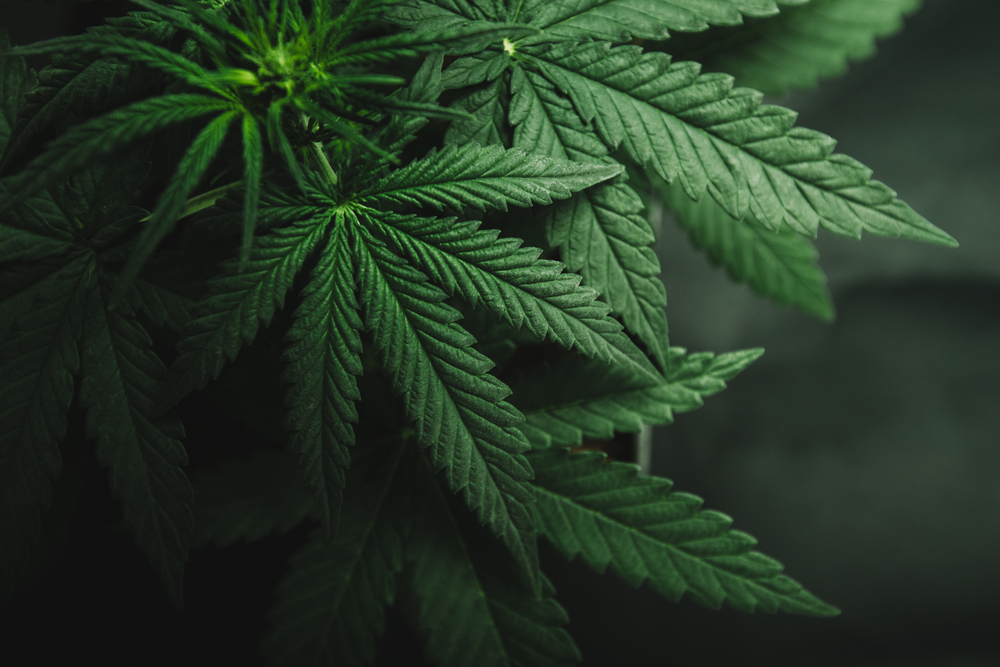As of now, twenty-nine states have legalized medical marijuana use and eight have legalized recreational use. The debate rages on about legalization, but the actual effects of cannabis get much less attention. A huge issue is that cannabis can be both helpful and harmful for a wide range of symptoms and conditions, and currently, the research is incomplete. But the barriers to actually study this substance are resource-intensive and restrictive.
One of the biggest barriers for researchers who apply for federal funding is regulation. Cannabis is categorized as a Schedule I drug by the Drug Enforcement Agency (DEA). A substance is categorized by its potential for abuse and medical use. Schedule I is the most restrictive category and includes heroin. Narcotics, such as oxycodone and fentanyl, are Schedule II drugs.
This strict regulation means that researchers must undergo additional steps, such as obtaining a special license with mandated site visits and requirements for storage and tracking of cannabis. They must also gain approval not just from the DEA but the Food and Drug Administration (FDA) and National Institute on Drug Abuse (NIDA), though not necessarily in that order. This regulation uses up both time and money and can discourage future study. This is especially counterproductive as research studies must be repeated and retested in order to prove that an outcome is legitimate. Of course, research of any substance should be regulated—the problem is that overregulation seriously hampers the research to begin with. But in August 2016, the DEA denied another petition to reschedule cannabis as Schedule II.
Your patients are rating you online: How to respond. Manage your online reputation: A social media guide. Find out how.



